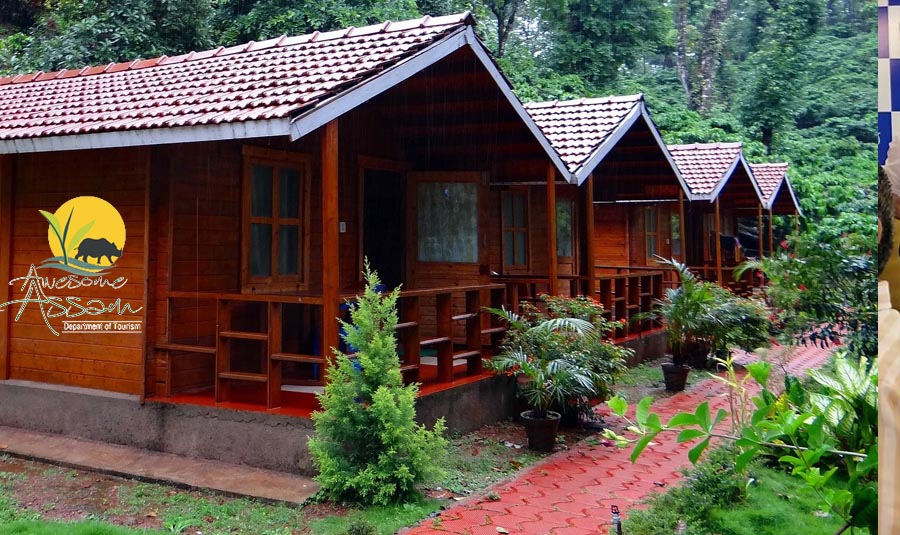
In an effort to rejuvenate rural tourism and boost local economies, the Assam Tourism Development Corporation (ATDC) has introduced a revised version of its ‘Amar Alohi’ (Our Guest) Homestay Scheme. Initially launched in 2017, the scheme aims to enhance home-stay facilities across Assam, creating self-employment opportunities and providing authentic hospitality experiences to travellers.
The revamped scheme shifts its focus from individual beneficiaries to community clusters, promising a more sustainable and impactful approach to rural tourism.
The original iteration of the Amar Alohi scheme, rolled out during 2017-2019, saw the allocation of funds to a total of 63 beneficiaries. However, only 36 home-stays remain operational in key tourist areas today, indicating that many initial participants struggled to sustain their businesses. An anonymous official from the Assam Tourism Department acknowledged the challenges faced by some beneficiaries. “The scheme has bolstered self-employment opportunities. But, there are a few who failed to sustain the opportunity. Either they produce less revenue or they use it for their personal purposes.”
To address these issues, the revised scheme introduces several new elements designed to support long-term success. Key among these changes is the shift from individual to cluster-based benefits. This approach not only fosters a sense of community but also enables resource sharing and collective problem-solving, which can be particularly beneficial in rural settings, reported Guwahati Plus.
The revamped scheme offers substantial financial incentives to participants. One of the primary benefits is a capital subsidy covering 90 percent of the total project cost, up to a maximum of ₹1 crore. This subsidy is intended to facilitate the construction of new home-stay units and improve local infrastructure, ensuring that the accommodations meet the standards expected by tourists.

In addition to the capital subsidy, the scheme includes a promotional subsidy aimed at enhancing the visibility of these home-stays. This subsidy covers 50 percent of the total promotional expenses, up to ₹2.5 lakh per year, for five years. By alleviating the financial burden of marketing, the scheme aims to attract more tourists to these rural destinations.
Operational efficiency is another focal point of the revised scheme. An operational subsidy of up to ₹2.5 lakh per year is available to clusters that achieve a minimum of 100 paid room nights annually. This incentive encourages participants to maintain high standards of service and maximize occupancy rates

